Nissan's Hyper Force concept car is a “lucid dream” that the firm is working on realising for a next-generation GT-R, which could be ready before the end of the decade.
Nissan programme design director Giovanny Arroba, who worked on the recent Tokyo motor show concept as well as the four others alongside which it starred, told Autocar that the electric supercar was already largely feasible for production before 2030, despite its extreme styling.
“The shapes, proportion and stance aren’t based on pure fantasy,” he said. “It’s quite daring but a tangible dream to achieve by the end of the decade.”
The Hyper Force has four-wheel drive and an output of 1341bhp. It has a solid-state battery, which Nissan is developing for mass production in 2028, and a new GT-R could provide a statement model in which to introduce this game-changing new technology.
Arroba didn’t mention the GT-R by name when discussing what the Hyper Force concept pointed to, highlighting that the logo was deliberately blurred on the concept car and that it being revealed would all but confirm its production intent.
The concept doesn’t try to hide with any subtlety that it points to the next GT-R, and when asked directly about this, Arroba said “it gives a glimpse of what it could be” and “the dream is still lucid” in making it happen.
Arroba said the concept had become “a manifesto not only for us internally but [also for] how to inspire our company with a tangible dream”.
He said that feedback to the concept had been generally positive but there had been “some polarisation, some saying no to an EV supercar and saying we should do ICE” but the next generation of car buyers responding “quite positively” to the GT-R’s electrification.
The Hyper Force concept car
The dramatic concept car was revealed at the 2023 Tokyo motor show and was billed by Nissan as its “vision for a next-generation all-electric high-performance supercar”.
Nissan CEO Makoto Uchida told Autocar: “We’re an EV pioneer and this is what we want to do. People’s expectations change and they don’t look at vehicles as before and in their needs and lives. We’ll hear from customers what they think about them [the concepts]. This is giving a look at our future plans. All concepts, we’d like to deliver. We need the customers to agree.”
The all-wheel drive system is badged E-Force, as with Nissan’s other four-wheel drive EVs, yet whereas they are twin-motor systems it is not known whether the Hyper Force uses two or four motors.
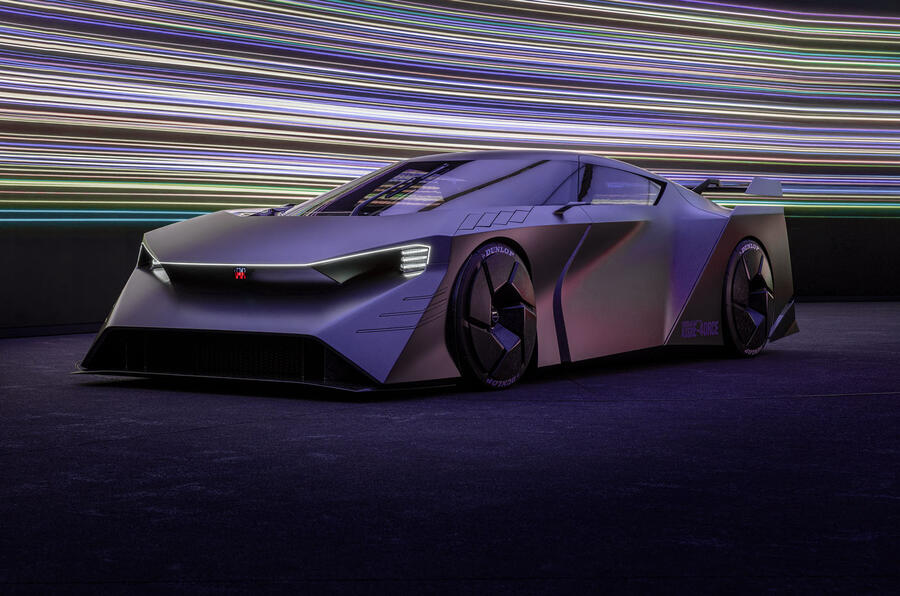


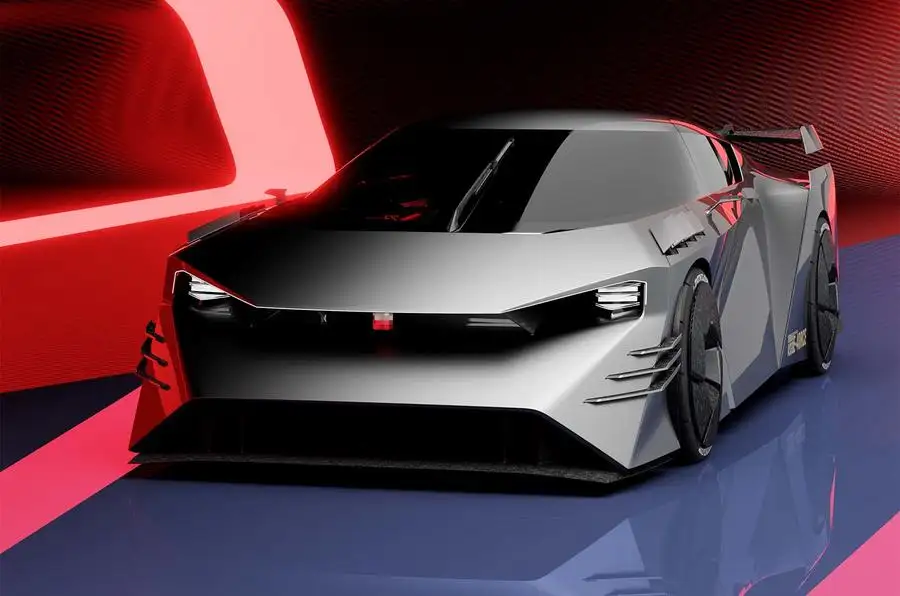
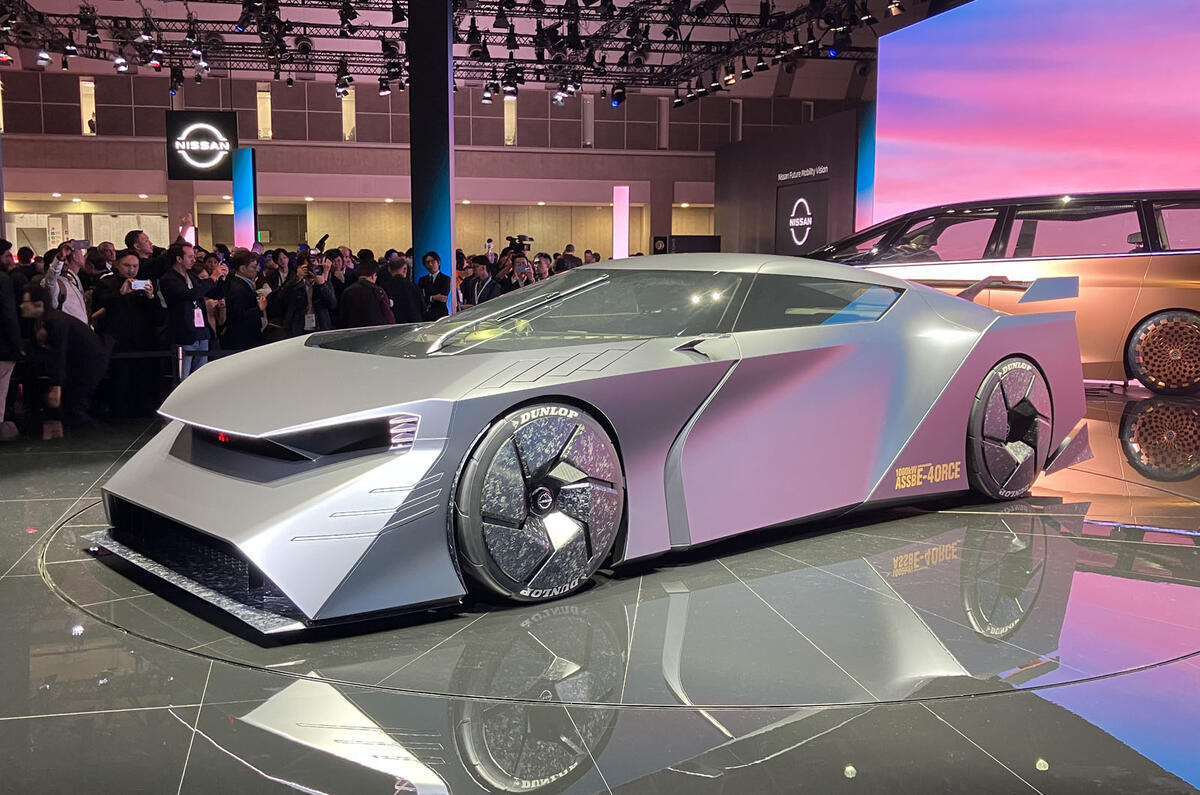
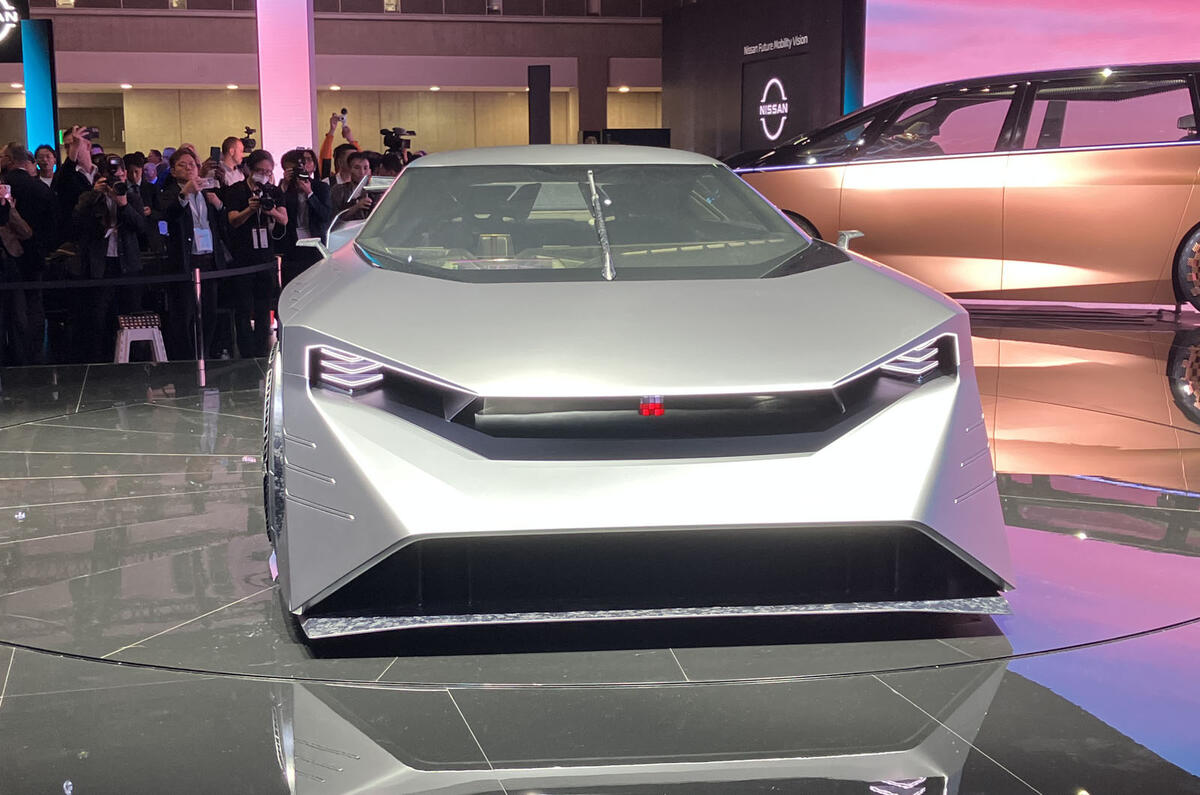
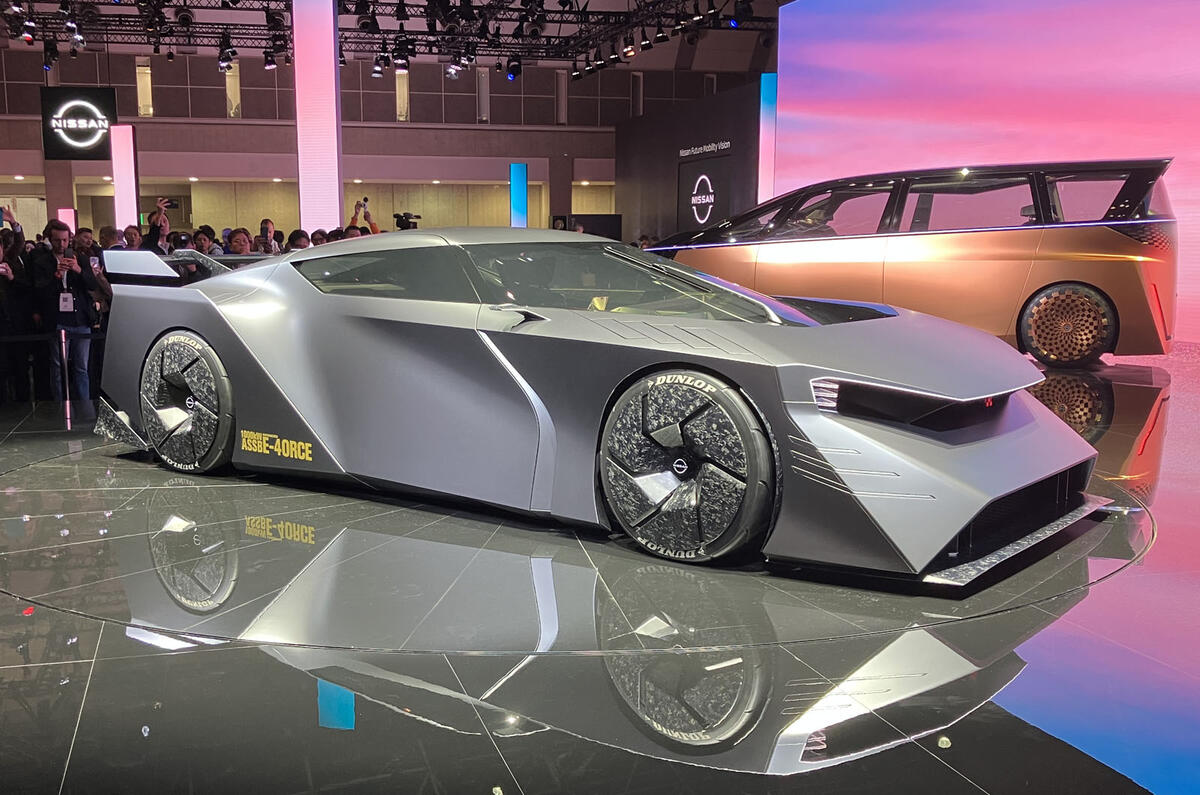
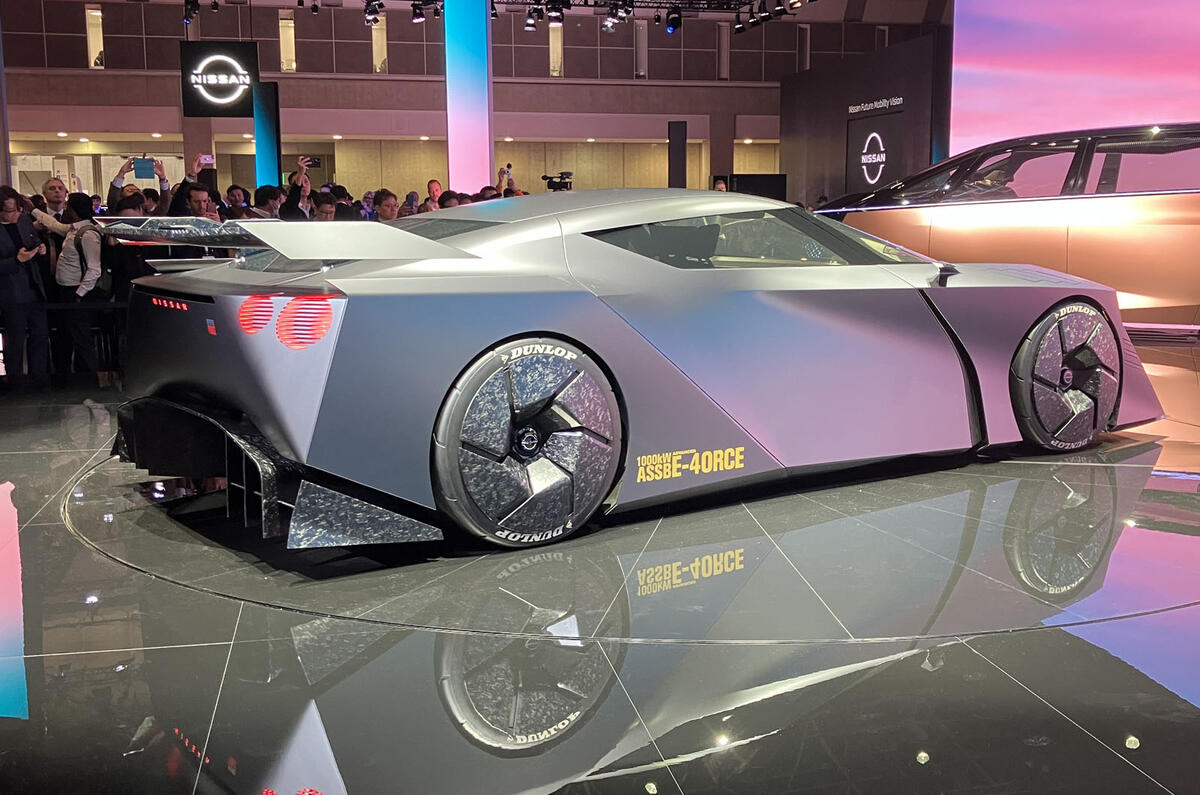
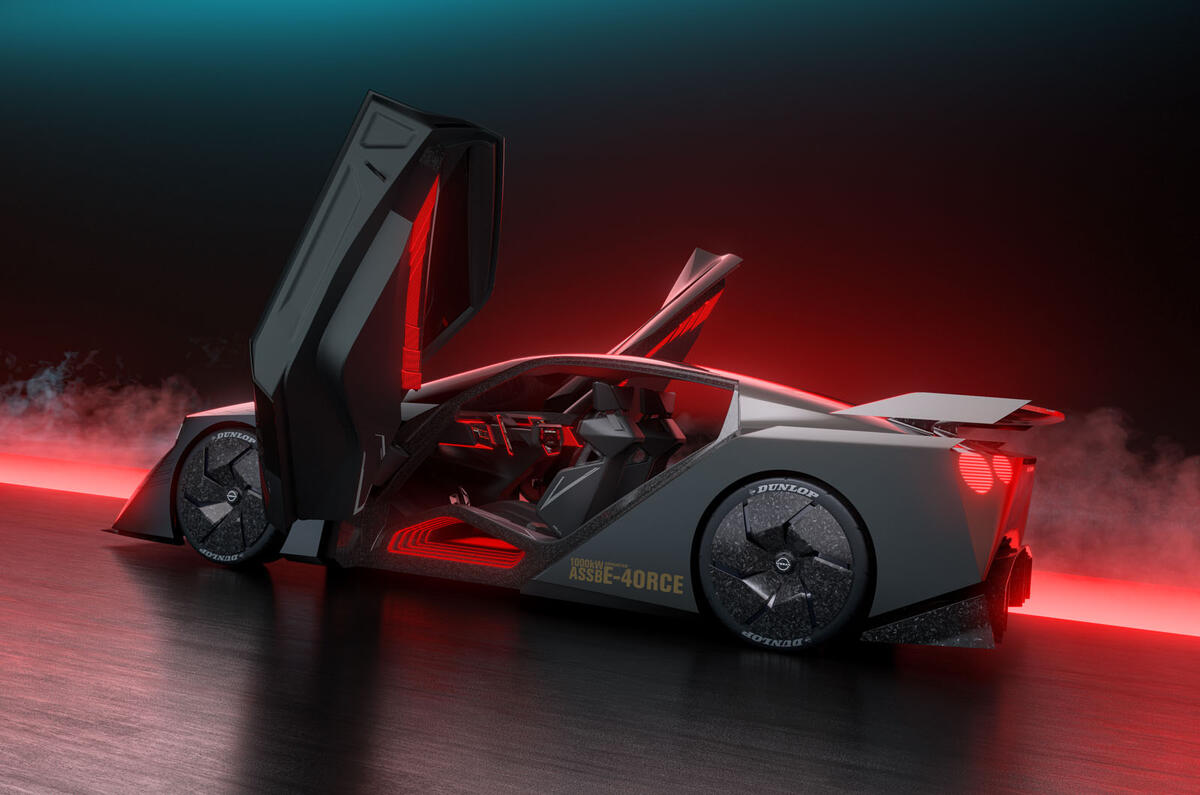
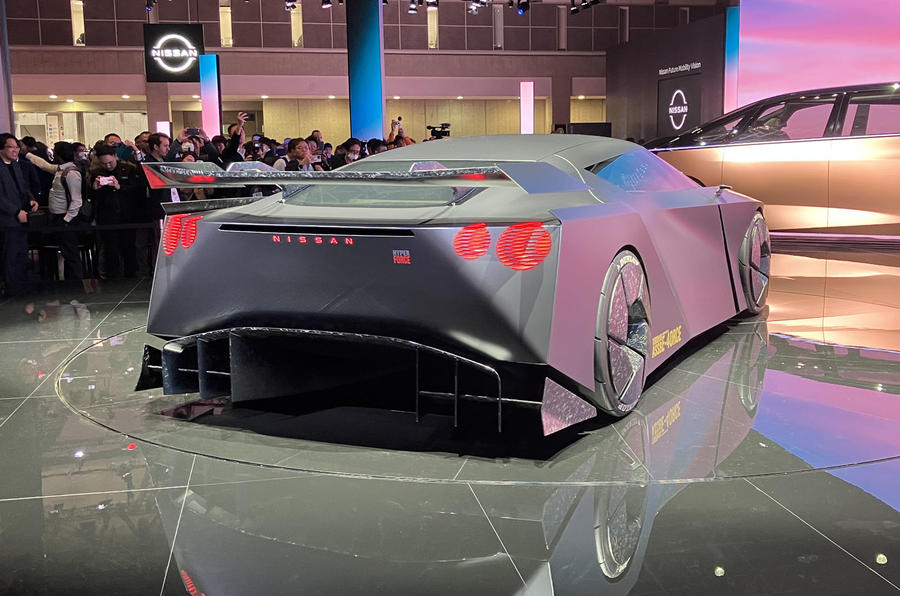
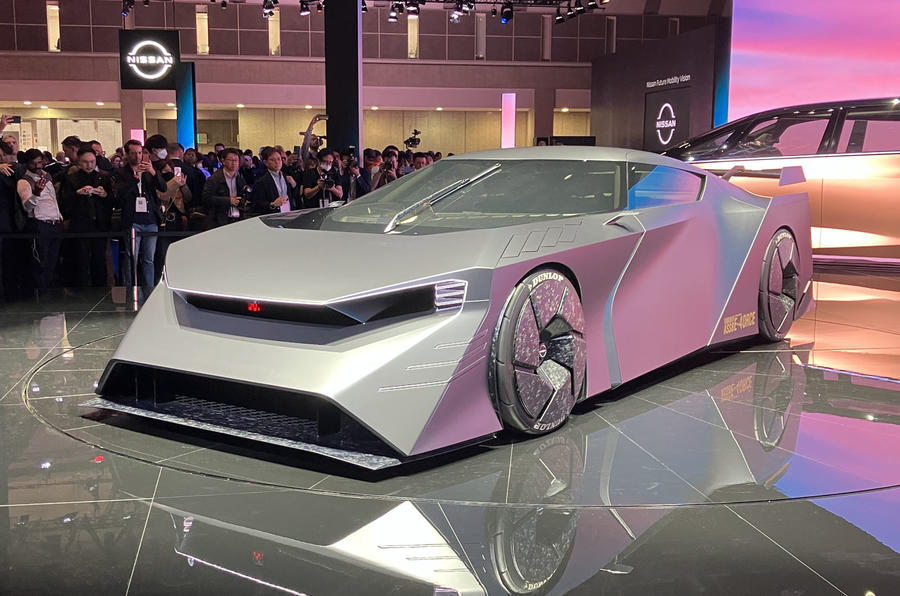
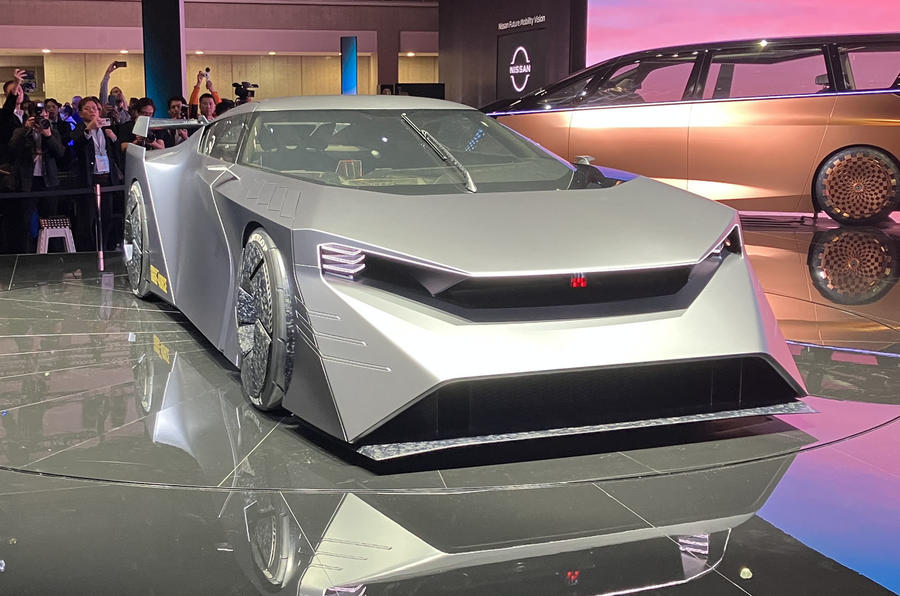
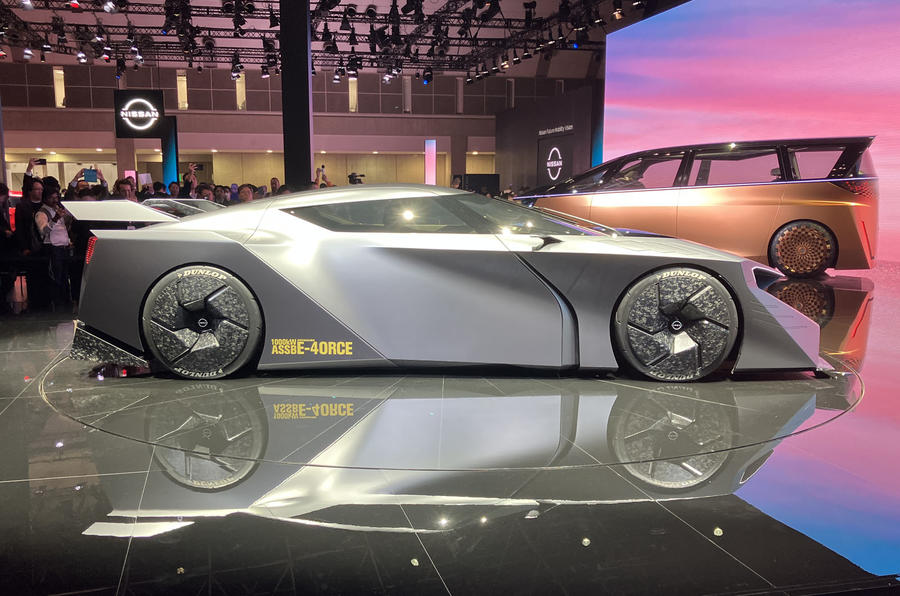
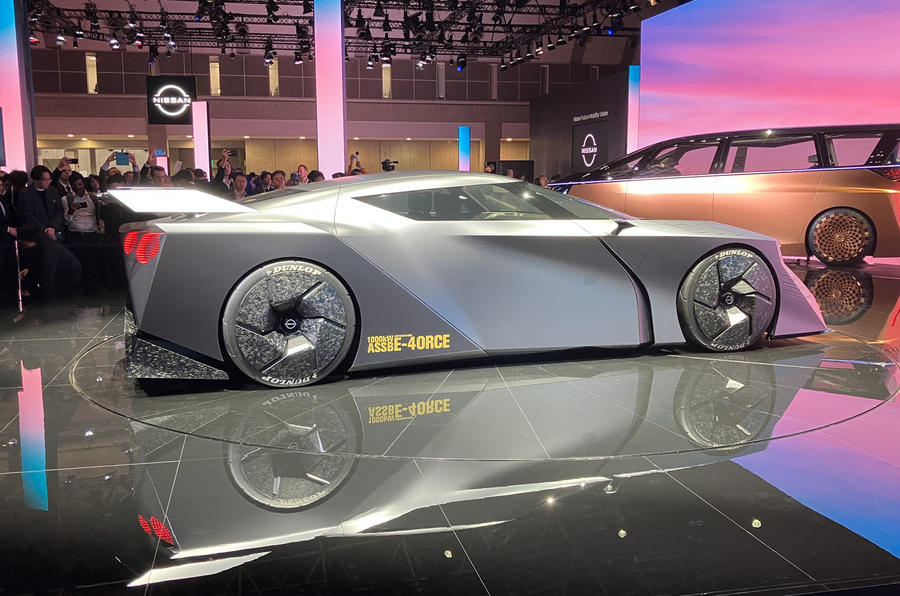
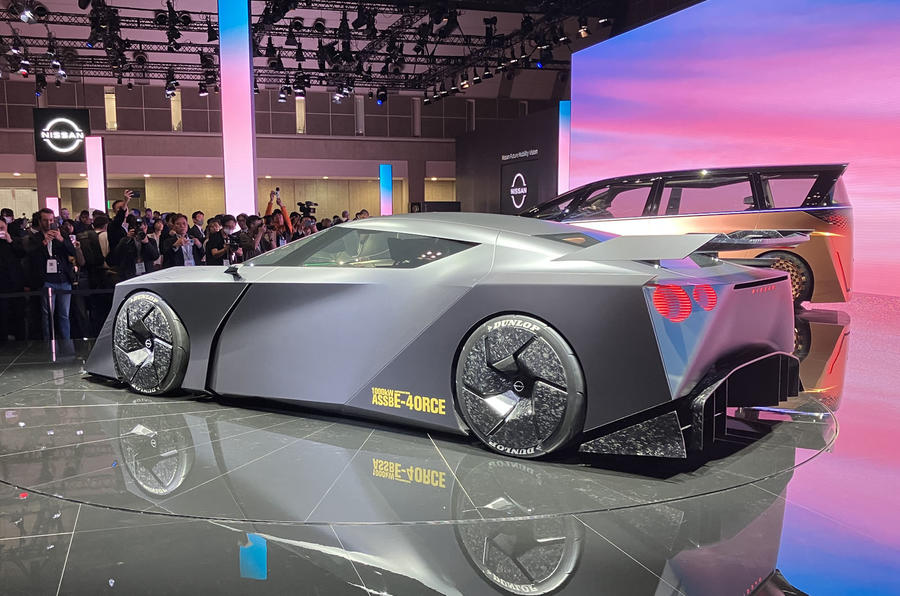


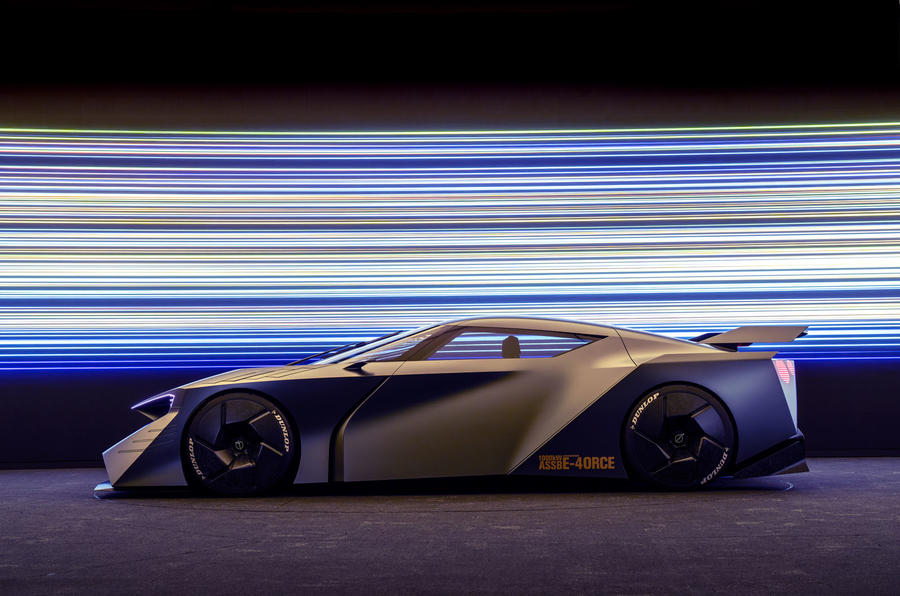
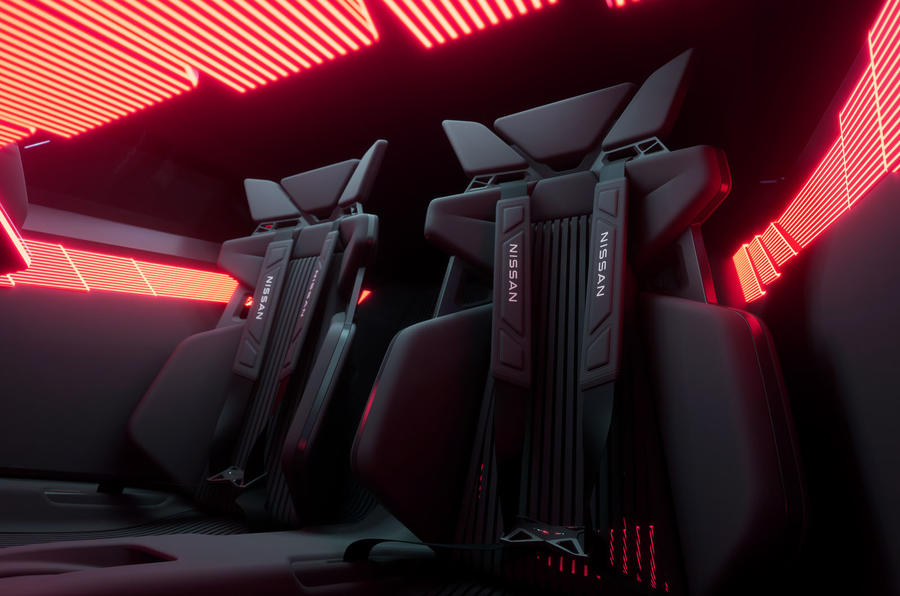
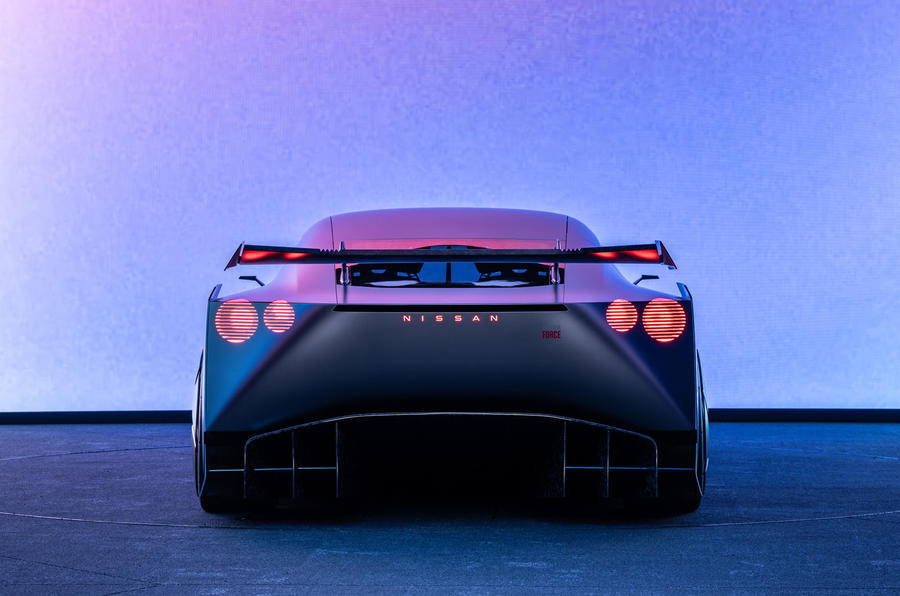
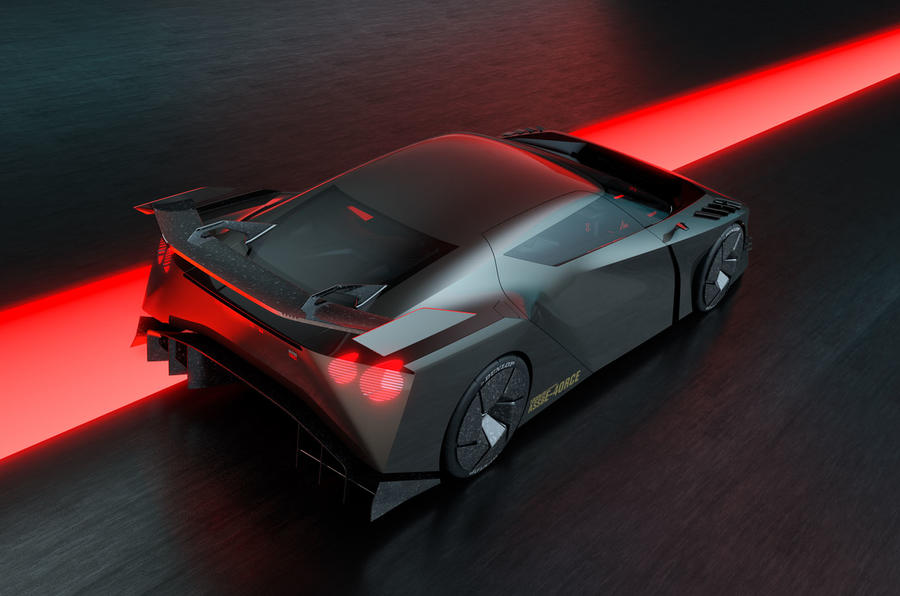
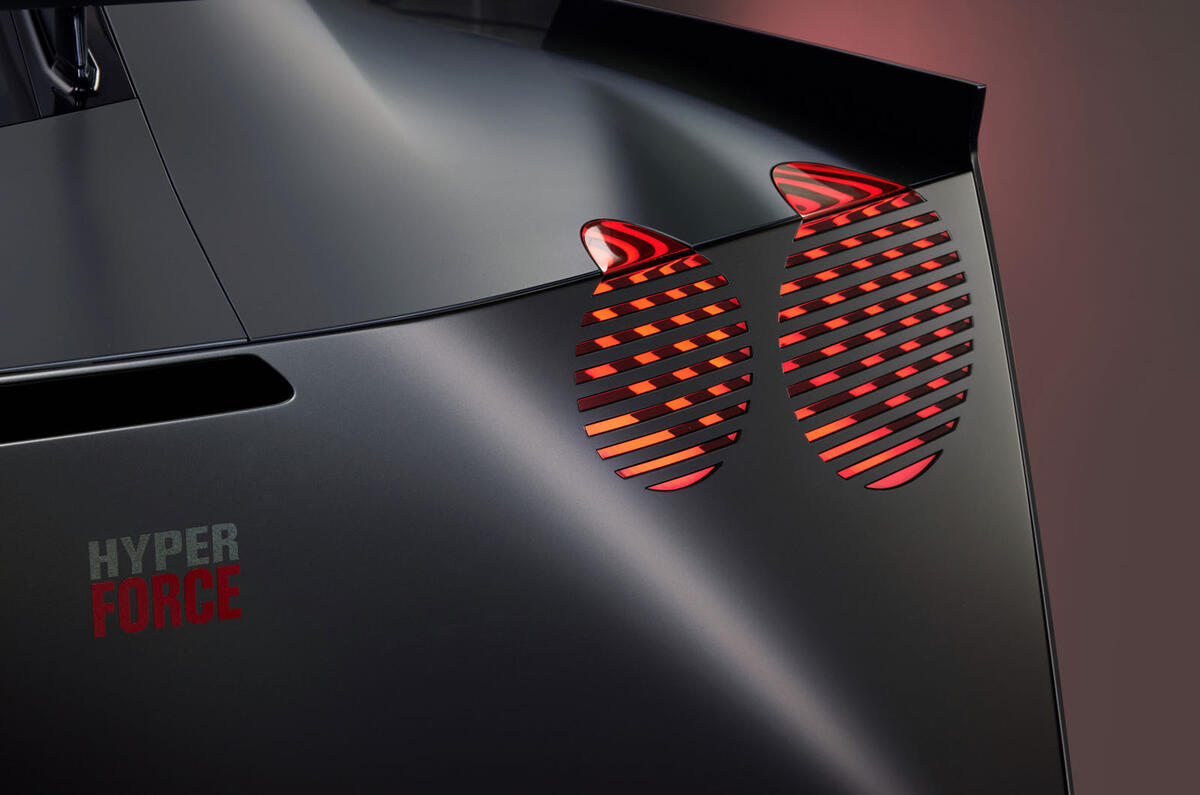
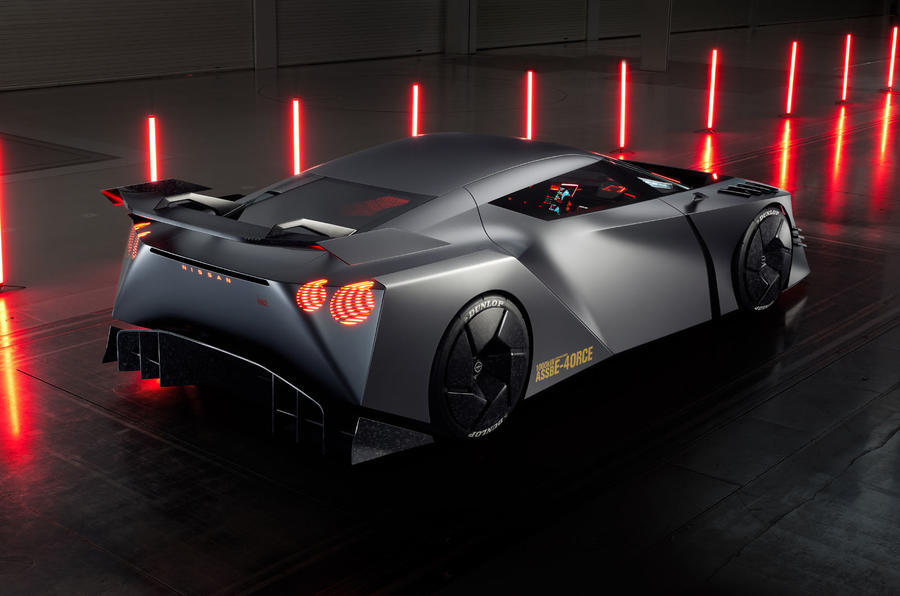
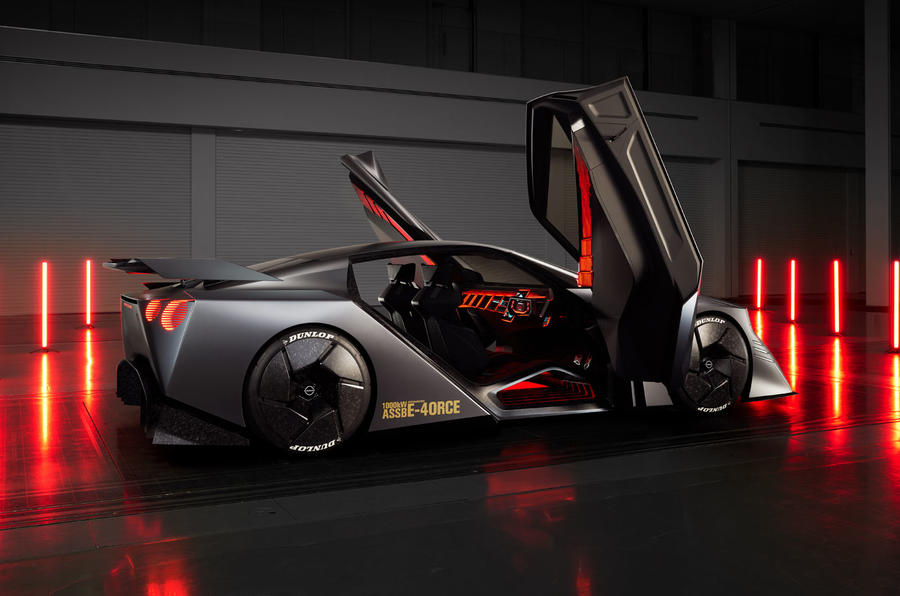
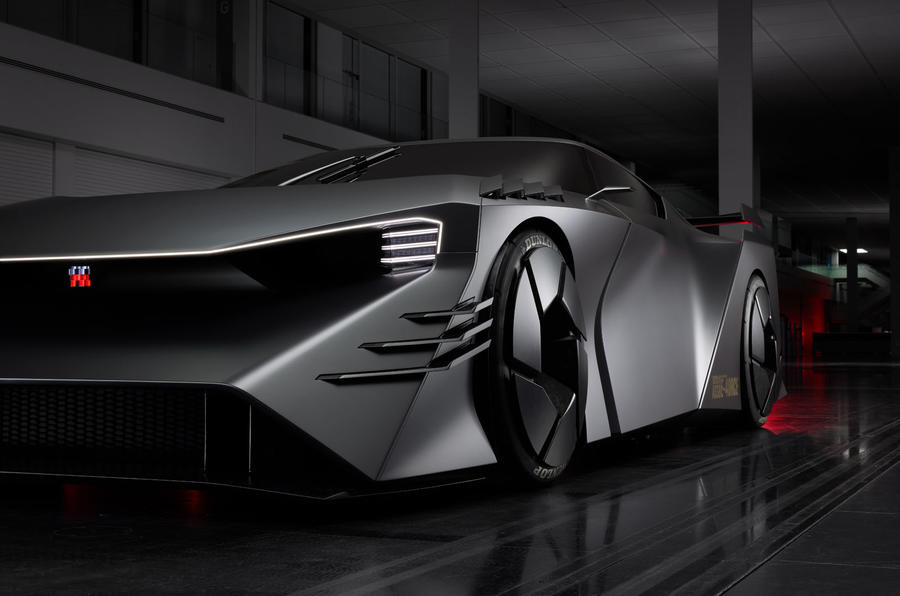
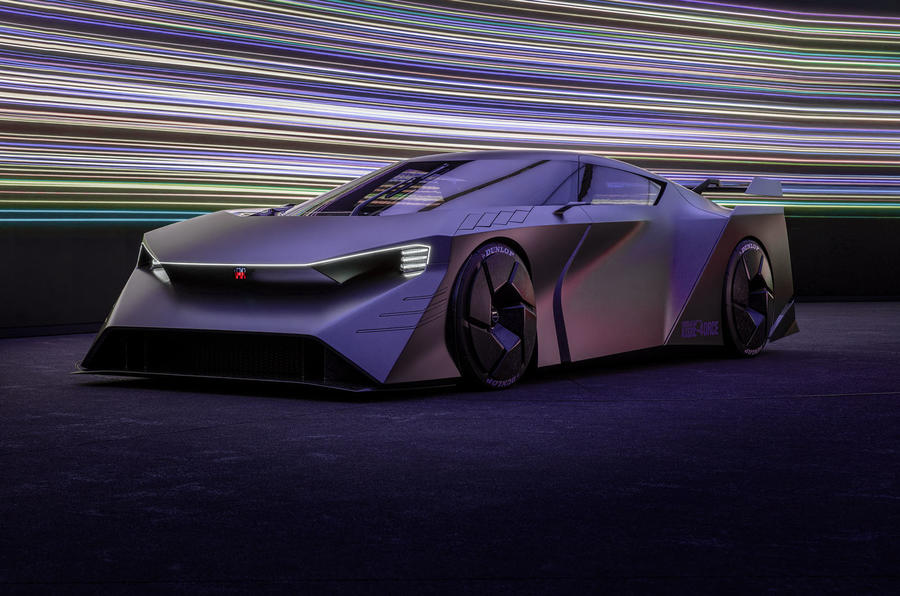
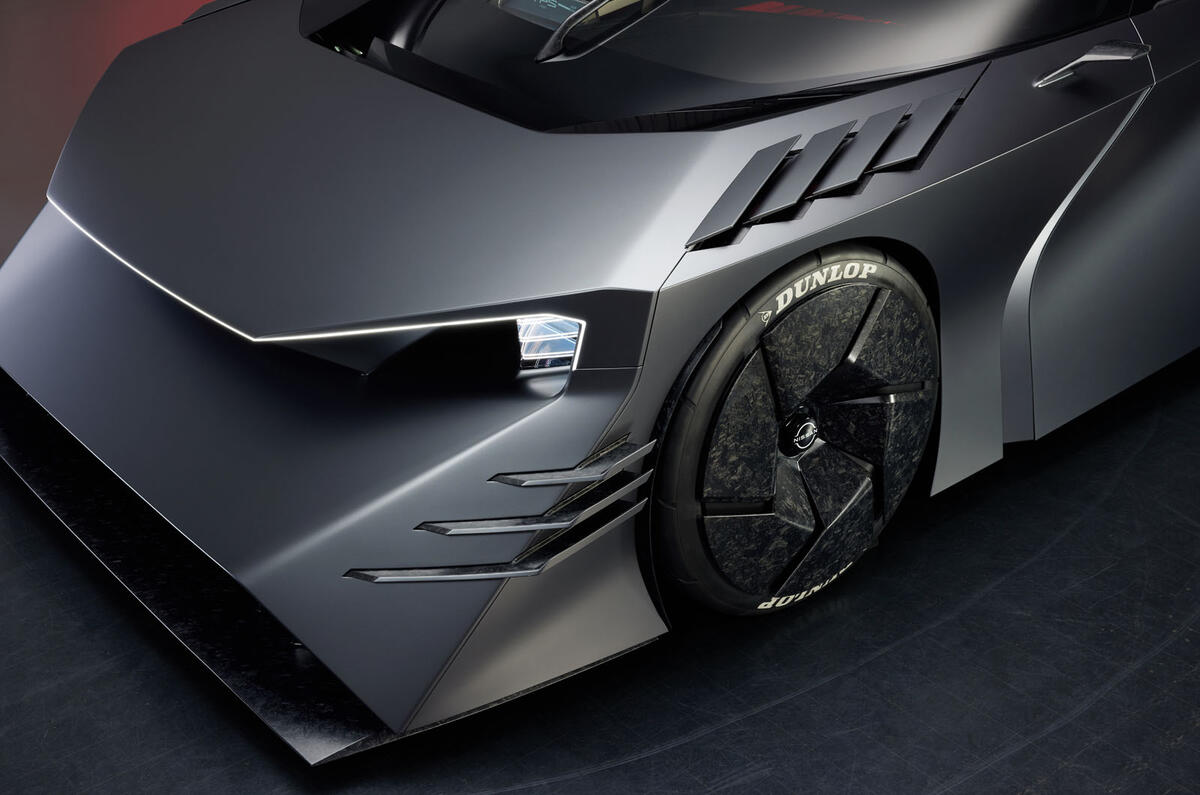
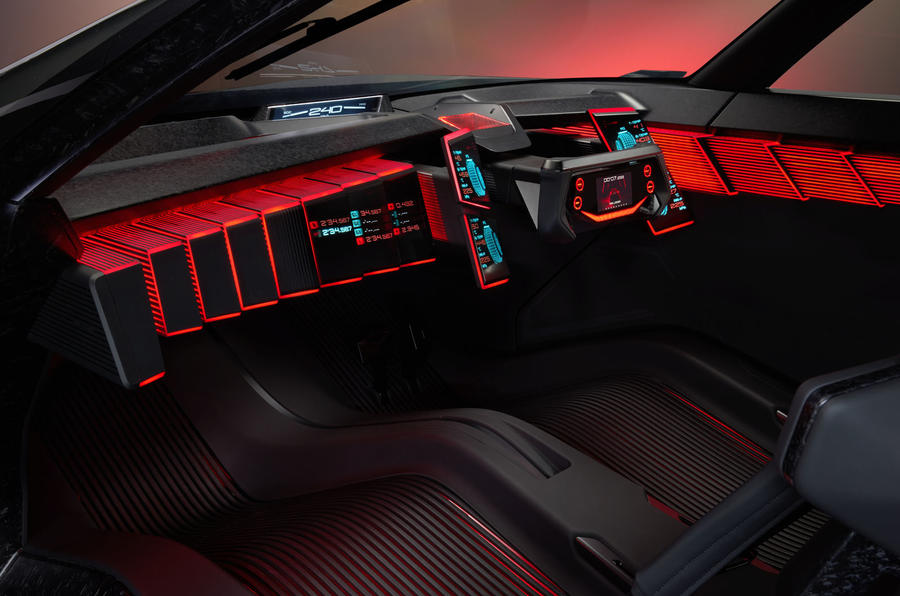
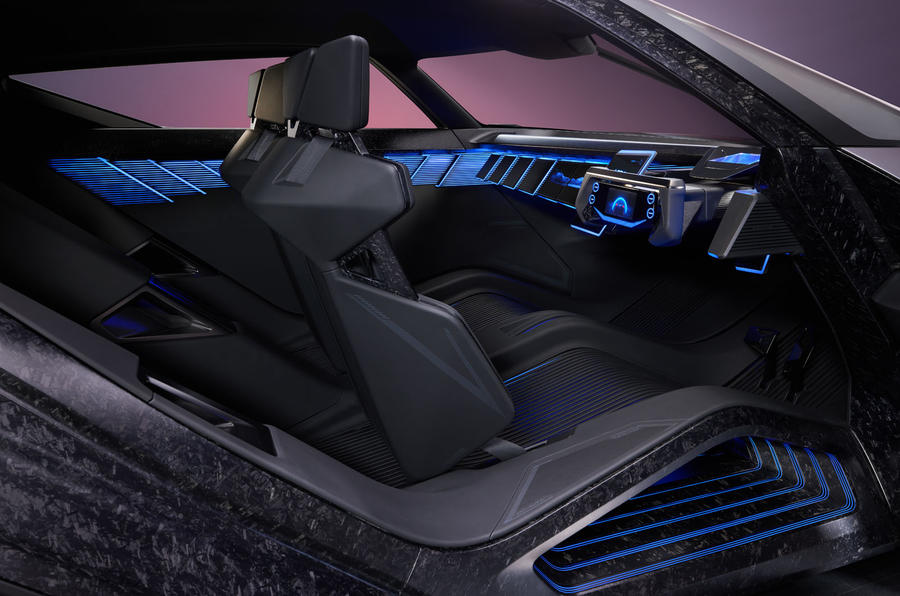
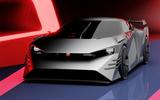
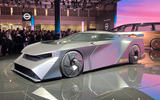
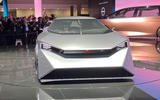
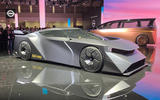

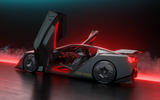
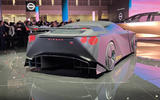

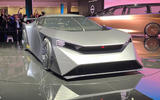
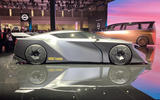
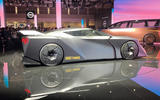
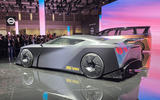
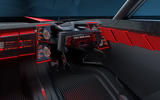
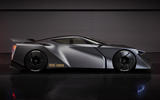
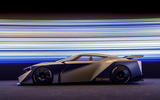
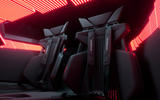
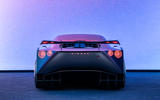
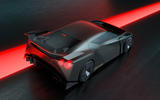
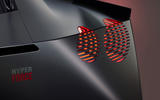
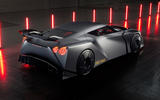
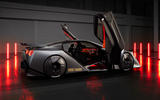

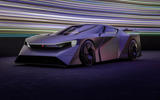
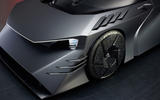
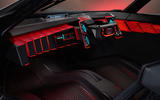
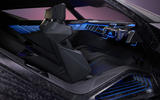

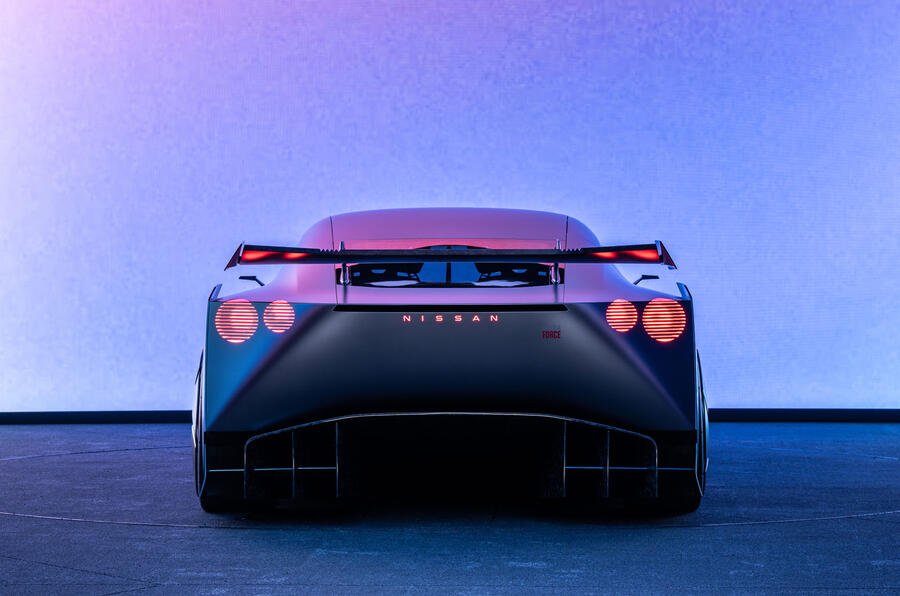






Join the debate
Add your comment
Back in the 1980's, Autocar would report on a weekly basis the latest new vehicle reveals that you and I could go out and order. In the mid 1980's I remember picking up a copy from my local newsagent around 8:30am, and handing over a cheque for a 911 Speedster at my local Porsche dealership around 11am the same day! Today Autocar is left reporting about 'dreams' like this, that may or may not come to fruition in 7yrs!
The concept of a concept, a collection of potential design elements,from these they then hope to produce a product a car that will sell, concepts generally look like they belong in a computer game a game world where roads are snooker table flat and the laws of Physics don't apply, at best a few of the elements inside and out might make it onto the finished article.
What is wrong with car design currently? This is awful. The designers of this should look to Mazda for inspiration